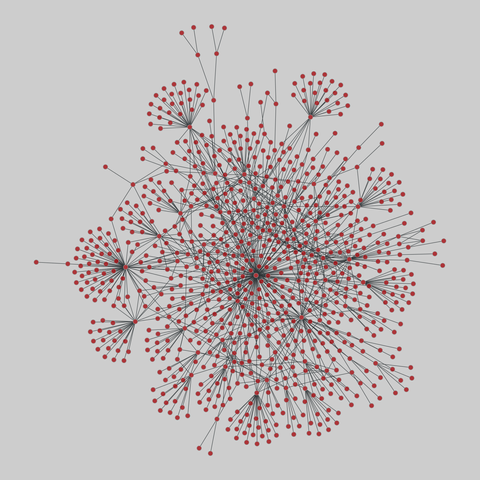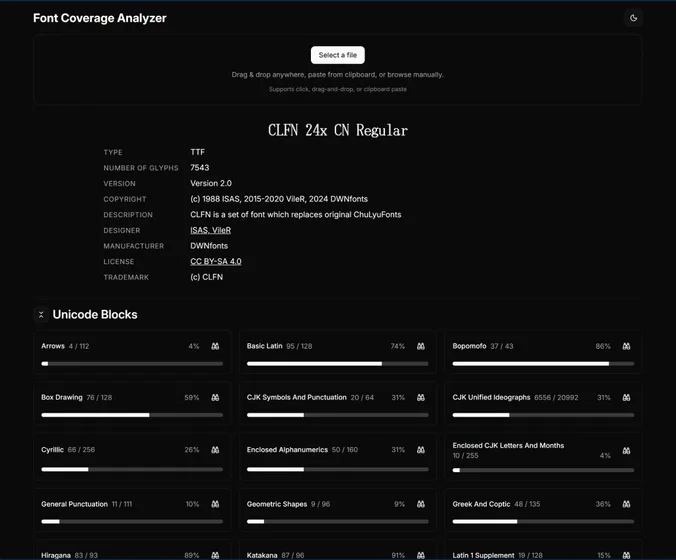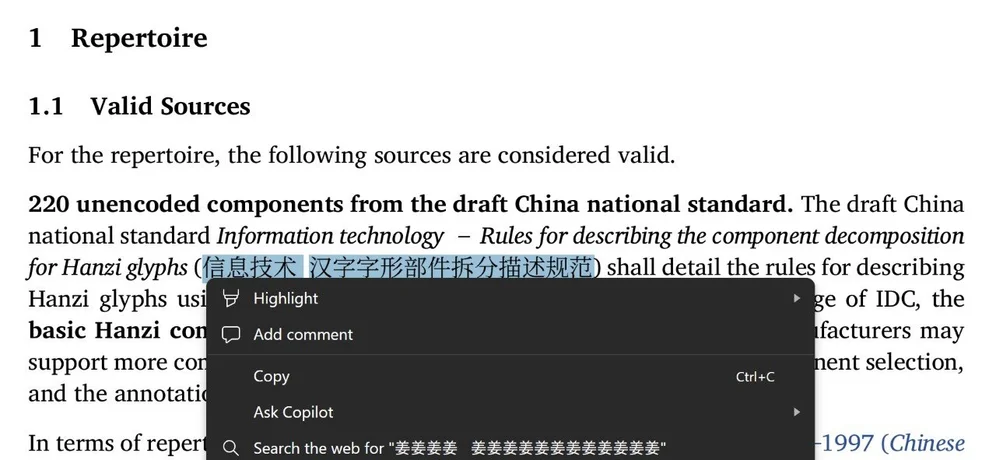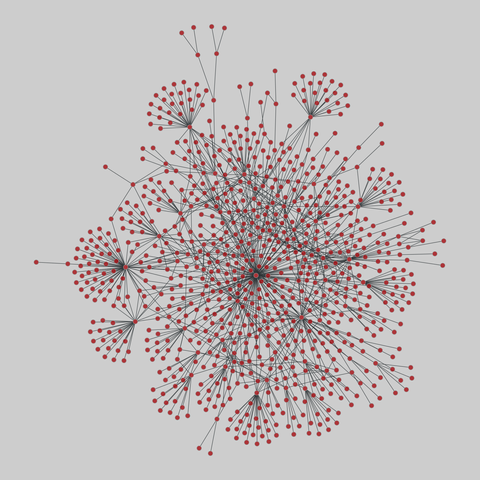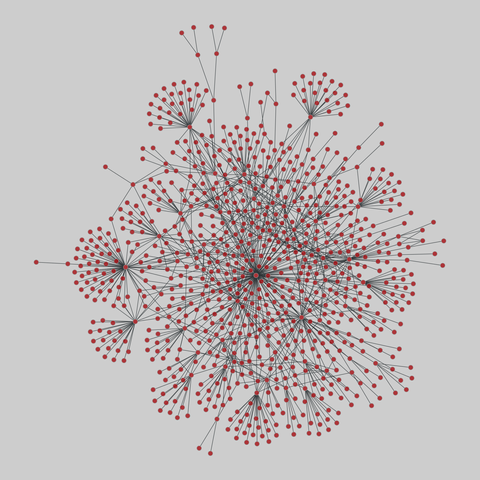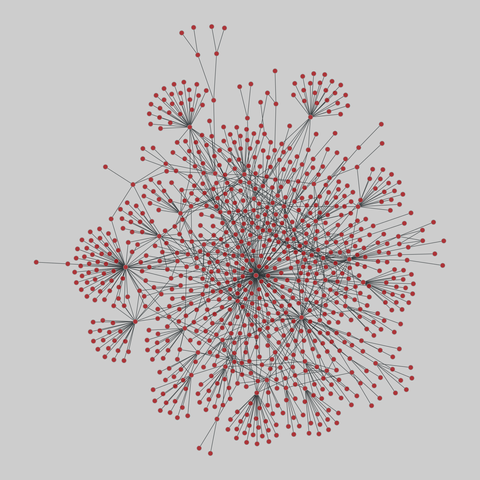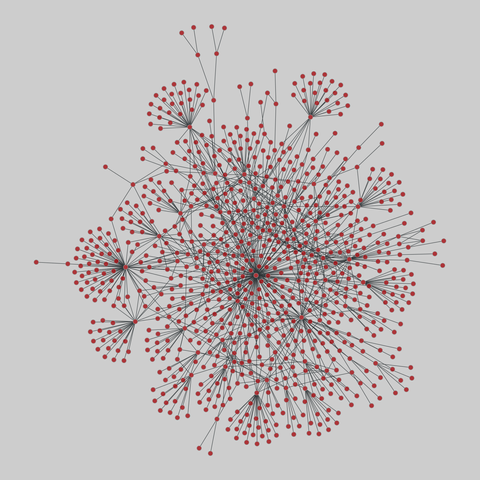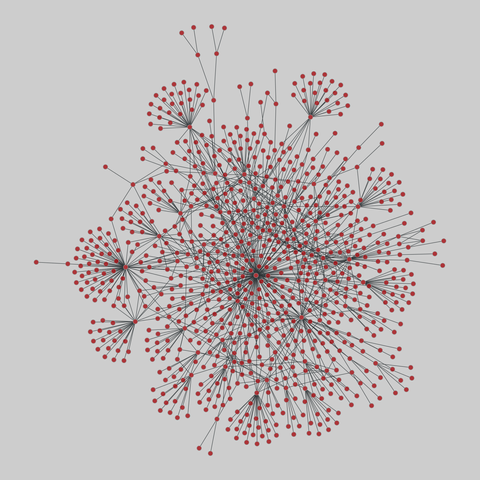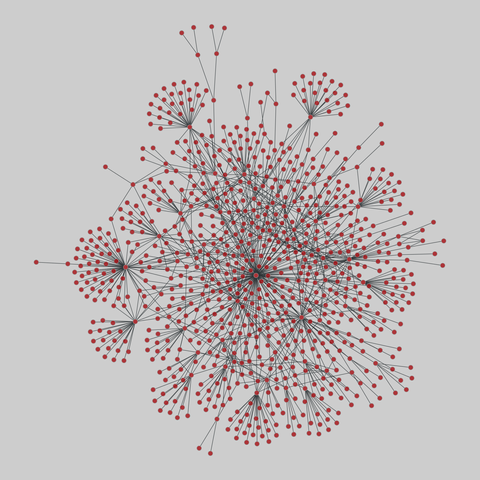2025-10-01 07:29:43
Honestly, #emoji and icons in #Unicode are a true horror.
Yeah, sure. It's great that you don't have to use <img/> anymore and you can just paste a random Unicode character. You can get graphics into fields where only text was originally intended (like bug summaries). Even better, you can now easily get cool colorful icons on terminal with almost no effort.
However, it is an #accessibility nightmare. People are now encoding *information* in random graphical symbols. Symbols that require huge fonts to render, or huge character tables to describe.
Yeah, a bare <img/> carrying information sucks. However, you can add a *meaningful* alt-text to the image, and accessibility tools can use that text to provide meaningful context. Like "bug fix".
However, emojis and icons are symbolic. The best you can get is some description like "hammer and wrench", so people can kinda figure out that it's probably a "bug fix". Or maybe it was a "maintenance task"? Or you'll get a "unknown character 0x1F6E0". And I'm sure people will surely enjoy cross-referencing a "legend" of such "unknown characters".

